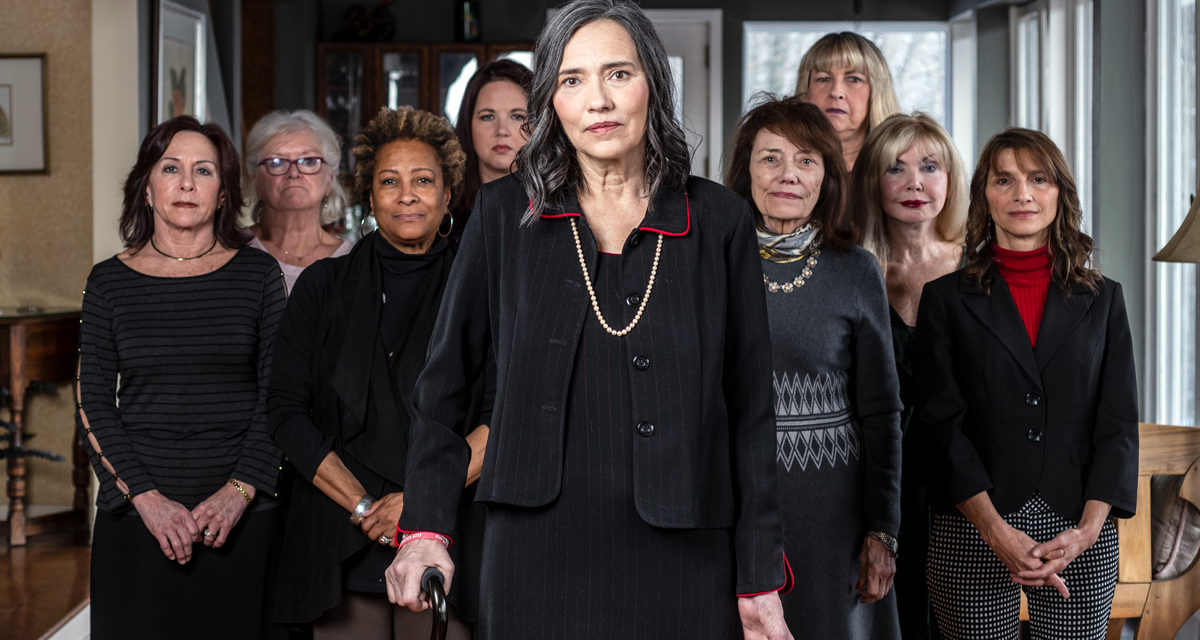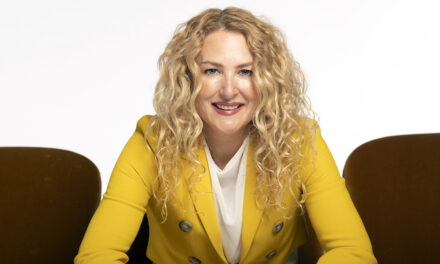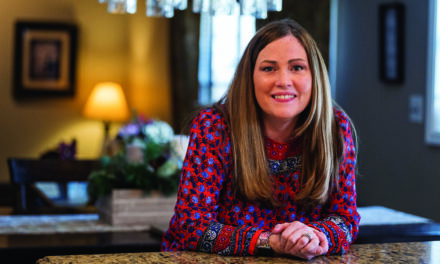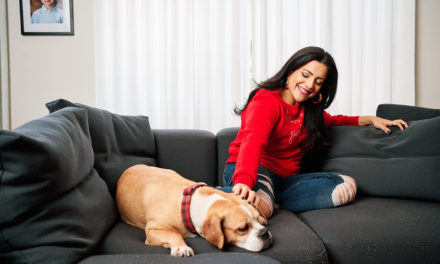With her friends and family behind her, Sara absorbed the painful diagnosis last fall. At 56, she’s using all her resources to gain awareness about the deadly disease and help arm other patients and their loved ones.
Most days, even as Sara Cooper curses her cane, which she calls “that damned thing,” and tries to hide her embarrassment about the body that is betraying her with increasing frequency, she will tell you that she is so blessed. And if you look into her eyes when she says it, you will see that she really means it.
For most of us, a diagnosis of amyotrophic lateral sclerosis (ALS) at 55 years old would cause a bit of amnesia when it comes to our blessings, but that’s just not Sara. Instead, she is as feisty and determined as ever. She’s doggedly pragmatic and doesn’t stand on ceremony. And she’ll even remind you every so often that’s she’s a pretty funny lady, ALS or not. So, when a doctor placed a hand on her knee and solemnly told her last fall that he was 99 percent sure she had ALS, also known as Lou Gehrig’s disease, she simply nodded her head gravely and wiped away a few quiet tears. He asked if she had questions, but Sara was stoic, polite, and terrified, and she just wanted to go home to her husband, Mike, and her dog, Pretty. She thanked the doctor and drove herself to her house in Titusville, NJ.
Sara was shattered but not surprised.
About 2 years ago, she was making her house ghoulish for Halloween when she fell off a stool attempting to hang decorations from a chandelier. She broke her wrist on her right arm and the tibia plateau in her left leg. After surgery, she faced 3-4 non-weight-bearing months, which meant she was in a wheelchair for most of it. “In some ways, it was almost fortuitous because I had to pull back,” Sara says. “It was very humbling. It helped bring my perfectionism down a notch and realize what was important and what wasn’t.”
But the wheelchair and the slow down didn’t solve it. As she thought back, she realized she had actually fallen about four or five times in the past year, and she had developed a foot drop, which she tried to resolve with rigorous physical therapy, to no avail. Sara was witnessing her body’s rapid changing and decline. She began to see significant muscle wasting, and by September 2017, using her hand was challenging. When she couldn’t cut her food during a night out with friends, she knew she needed to act. “I started Googling my face off. I knew something was really wrong,” she explains. “I was looking at all these things going on with my body, and they were all pointing to ALS.”
Even as her condition worsened, and signs increasingly indicated ALS, she hoped the frequent falls and muscle wasting were a result of something else—even multiple sclerosis—which carried a more hopeful prognosis.
But ALS is a diagnosis of exclusion, so the journey to find answers wasn’t easy or direct. Finally, last fall, a battery of tests, including 2 days of bloodwork and a nerve conduction test, led her to the surreal moment with the doctor’s hand on her knee and a confirmation of her worst fears.
ALS is a progressive neurodegenerative disease that affects nerve cells in the brain and the spinal cord, causing the motor neurons to die off and most often resulting in total paralysis in afflicted patients. In the months leading up to her diagnosis, Sara learned plenty about ALS, information that was a blessing and a curse. “I discovered pretty quickly that the typical lifespan is 2 to 3 years from diagnosis. Every 90 minutes, someone is diagnosed with ALS. Every 90 minutes, someone dies of ALS,” Sara says. “In 2014, there was the Ice Bucket Challenge. Since then, 675,000 people have died of ALS, and there is still no cocktail or treatment. It’s hard to wrap your head around.”
I’m really not afraid of dying. I’ve had an unbelievably wonderful life. I have incredible friends, colleagues, and family. I’m afraid to be a burden on my husband and become an invalid. But I’m really not down most days. I’m a very lucky, blessed person. I don’t know why this happened, but it did, so I have to roll with it.
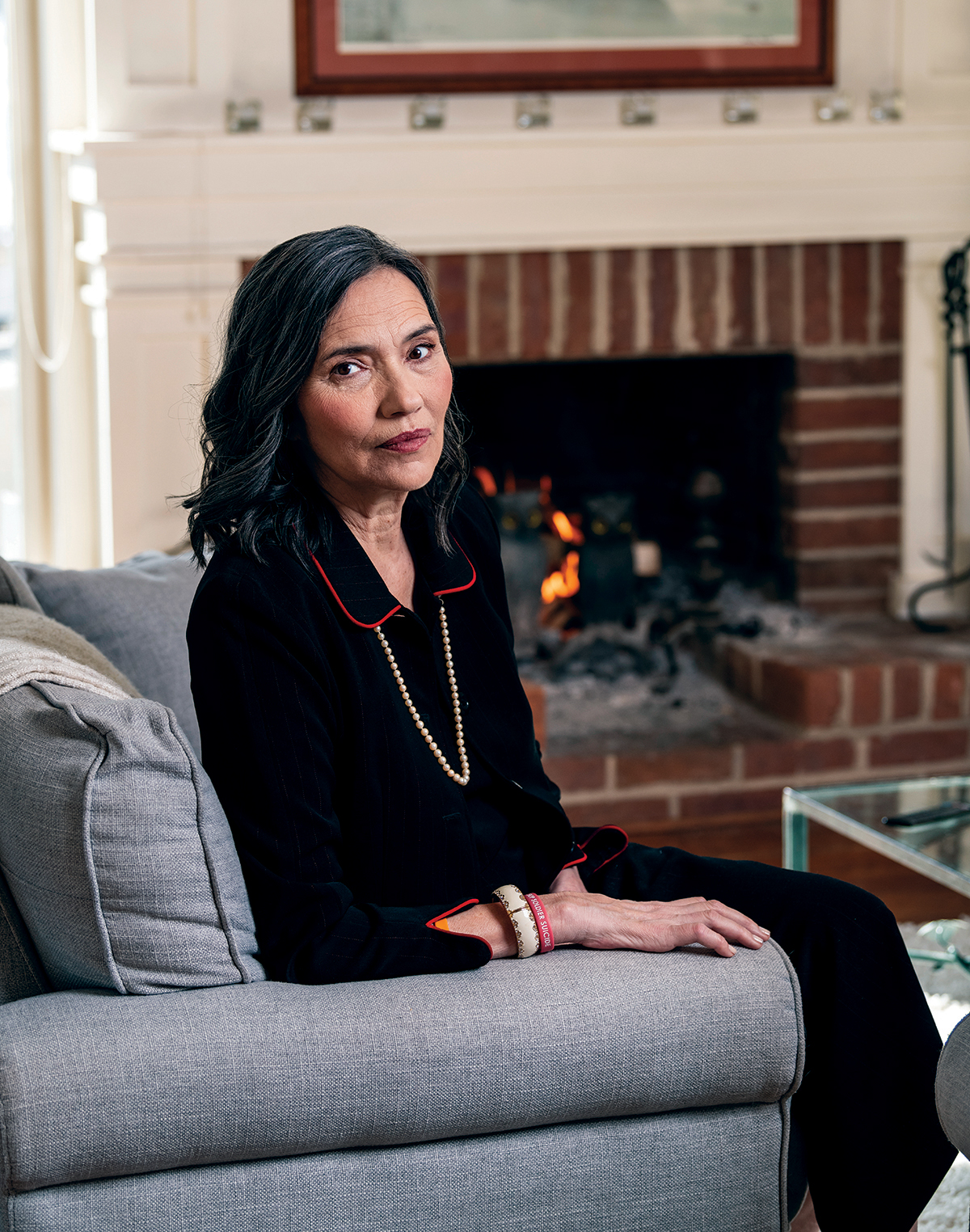
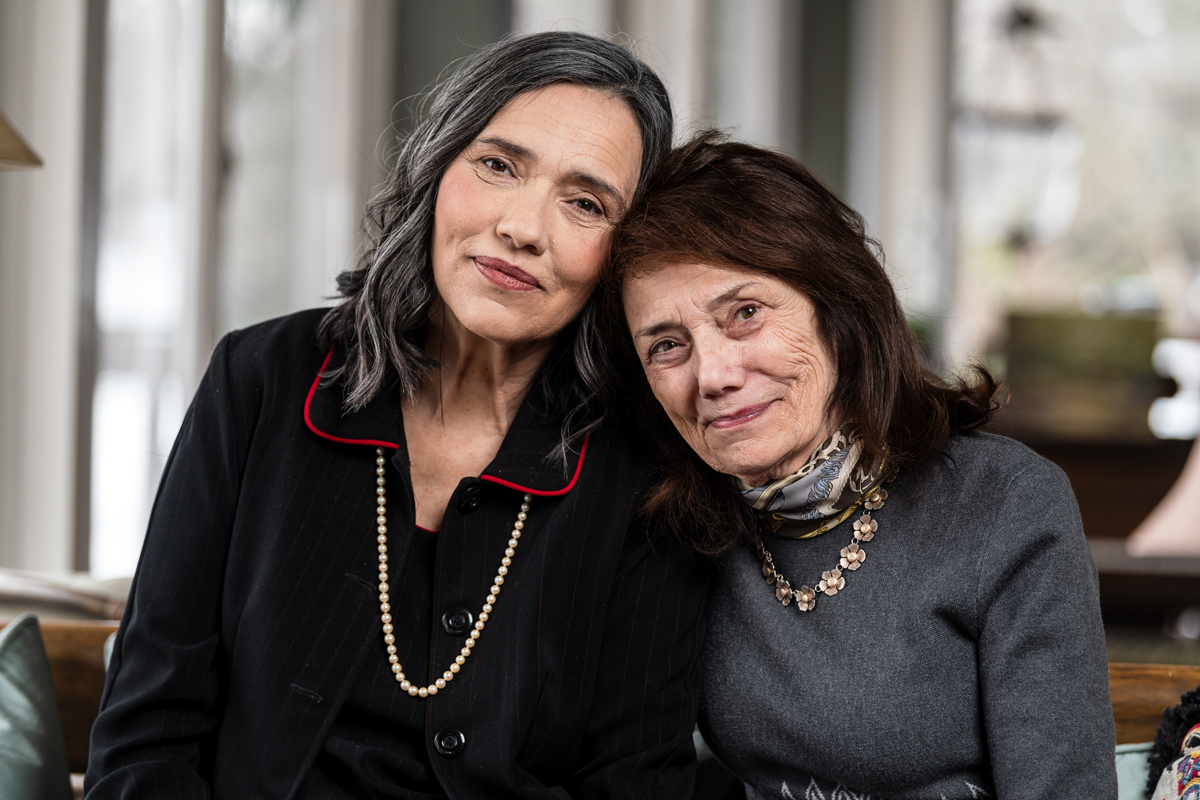
What Is Right to Try?
On May 30, 2018, President Donald Trump signed S.204, the Trickett Wendler, Frank Mongiello, Jordan McLinn and Matthew Bellina Right to Try Act. Right to Try opens a new pathway for terminally ill patients who have exhausted their government-approved options and can’t get into a clinical trial to access treatments. Although 41 states have passed Right to Try laws, the signing of S.204 makes Right to Try the law of the land, creating a uniform system for terminal patients seeking access to investigational treatments.
Who qualifies?
To be eligible for Right to Try, a patient must meet the following conditions:
• Be diagnosed with a life-threatening disease or condition
• Have exhausted approved treatment options
• Be unable to participate in a clinical trial involving the eligible investigational drug, as certified by a doctor, who is in good standing with her licensing organization and will not be compensated directly by the manufacturer for so certifying
• Give written informed consent regarding the risks associated with taking the investigational treatment
Support Network
When you get her talking about her career path, she’ll tell you a windy story that includes time as a trained chef and starting a catering company with her friend Beverly Mills. She’ll share war stories about years in sales, including a stint in Biochem. But her true love—her baby—is the company she started 8 years ago, Cooper Creative Group, in which she represents clients, customizing marketing plans to fit their budgets and meet their objectives. When she talks about her work—about her clients—her face takes a different shape, and her words garner more conviction.
Along the way, her twisting and turning professional life led her to meet friends, Pied Piper-style. These are people who love her fiercely and who are part of the legion of (mainly) women who are regularly bringing food, making calls, utilizing their own networks, and giving Sara much-needed emotional support. But now, as Sara’s mission shifts to building awareness around ALS and the scant medical options available to cure or even curtail the disease, they may take on yet another important role. Advocate.
While her muscles are withering, Sara’s spirit is battle-ready. “I am a fighter. When I put my teeth in something, I’m going to get it. I look at all my friends and resources, and I think, how do I corral them and utilize all these things I have to raise awareness?”
Even as Sara scrambles to organize her finances, assign power of attorney, and get her hands on the few drugs that give her the chance to extend her life by a few months, she’s assembling an army to help her. Several family members started a nonprofit called Help for ALS in her honor, raising money to get the word out, build an app to help people with ALS organize their lives, and cement her legacy as a woman who wanted to “kick some ALS.”
I am more humbled by the kindness that has been extended to me than by having ALS. Sometimes I cry because I’m overwhelmed by the love and support.
An Insidious Disease
ALS takes so many things from people so quickly that it causes a bit of whiplash for the patients and their loved ones. In addition to whisking away one’s ability to move with ease and eventually move at all, ALS robs patients of their dignity and even their sense of self. “For a long time, I felt so ugly. I felt the way I was walking was embarrassing. It takes me like an hour to get dressed,” Sara says. “After my diagnosis, I was grieving the person I used to be. I was grieving the things I wouldn’t be able to do. I’m a trained chef, but I can’t cook anymore. I can’t do many of the things I loved to do.”
While there are two drugs typically prescribed—Riluzole and Radicava—that work to slow the progression of ALS by a few months, Sara soon learned that even those weren’t easy to obtain. “I had to fight like a dog to get the Radicava, which extends your life by a couple of months. It costs about $1,000 per infusion [according to drug maker MT Pharma America]. I was turned down at first, but I kept fighting and fighting,” Sara says.
With help from her friend Jodi O’Donnell, the founder of Hope Loves Company, a non-profit that supports children of people with ALS, Sara got the green light for the Radicava. But then, on the night before Christmas Eve, they told her she missed an essential test she needed for coverage, and she needed those results to get the drugs. She needed the results by the end of 2018, so she called Capital Health to see if there was any chance she could squeeze into the schedule for the next day.
“I spoke to this woman who was truly unbelievable. It was 4:45 the day before Christmas Eve, and she said, ‘Can you come in tomorrow?’ I said, ‘You’re an angel.’ Am I blessed or what?” Sara says. “I am more humbled by the kindness that has been extended to me than by having ALS. Sometimes I cry because I’m overwhelmed by the love.”
Her friend Grace, who happens to be a nurse, helps her administer the Radicava, but Sara can’t help but be discouraged by the fact that there’s relatively few pharmaceutical options to help patients with ALS recover or even mitigate symptoms. “Even though there are more clinical drugs available and we are doing better than we were, we are still so far behind where other diseases are because there’s not enough attention in ALS,” says Jodi, whose husband died from ALS at age 35 in 2001. “It’s great to see the clinical trials happening with other drugs, but that’s not enough.”
One drug that has shown some promise, currently in phase 3 clinical trials, is called NurOwn®, an “investigational therapy” developed by BrainStorm Cell Therapeutics Inc. However, despite positive reports within the ALS community, the company issued a press release advising that “based on the broad experience in ALS clinical trials, one can expect that some study participants may not respond to therapy and at the same time transient improvements can be observed in some participants after receiving placebo. Therefore, individual reports of improvement or lack of improvement should be cautiously interpreted.”
The relative lack of FDA-approved medical alternatives for ALS patients leads many patients to Right to Try options (see sidebar), which allows them to try a promising drug, as long as they sign the appropriate waivers. But Sara isn’t waiting around for drugs to become available or medical interventions to become more on point. She’s taking the drugs prescribed, doing regular physical therapy and cranial work, taking supplements, and learning to ask for help.
In March, the directors launched a GoFundMe campaign to start raising money for Help for ALS, which she wants to use to help patients with some of the tasks that become more difficult as the disease progresses, like cooking and cleaning. “I want to be proactive. I want to be meaningful. And I want to make a difference,” Sara says. “I’m not an actor or football player. But I do have a lot of resources. I’m a good connector. And I’m strong. So, while I’m still healthy I want to do what I can.”

